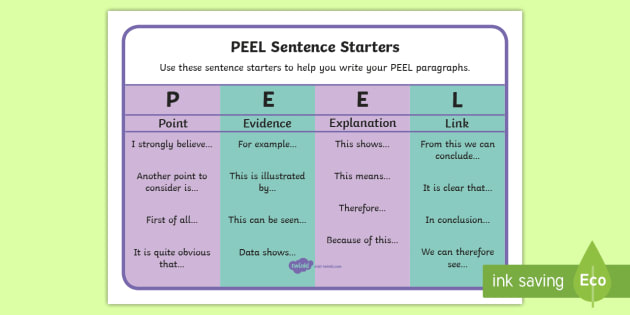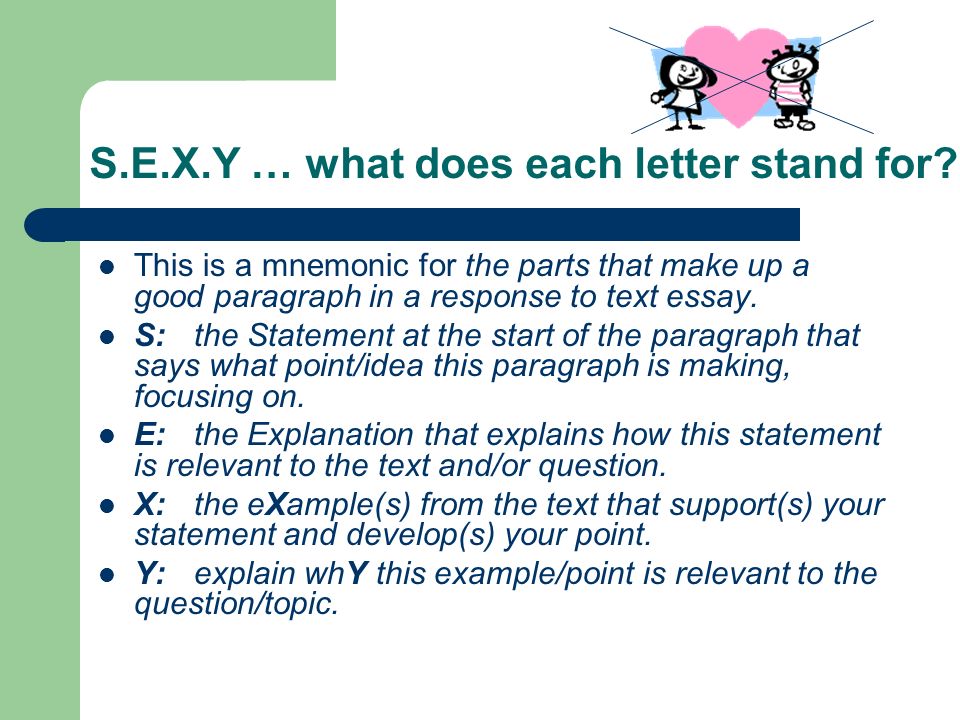Comprehension: The impact of the NZ church on the peace tradition in NZ society.
(My thoughts: I feel that teaching The Reformation Period in Year 11 gives students, who have no previous knowledge about the church, a negative impression of a church during a period of unrest, conflict and attempts at renewal. To paint the other side of the picture, these comprehension texts are taken from Pursuing Peace in Godzone which describe and explain how the church attempts to be an instrument of peace in NZ history, often under difficult circumstances).
Part 1 Icons of Peace
In many countries there are religious images, sculptures or statues of Gods, altars of sacrifices with incense and quotes taken from religious texts reminding people of what to do. In Catholicism, religious art has layers of meaning and purpose and are called "icons". In the passage below, these icons are "symbols" that aid worship and visually remind people to seek peace.
"The beautiful and the good--whether this is art, Scripture, liturgy or community--can help form in its peaceable habits and inclinations. Icons, in the traditional sense, are 'windows to heaven', an aid to seeing and knowing the divine....Icons are also 'light coming from heaven'; a channel through which God's grace is made known to the faithful. The stained glass in Suzanne Aubert Chapel, the Trinity Window, is a perfect example of this double role of icons. The various images in the window which include traditional Catholic and distinctly New Zealand elements, tell different parts of this story.
The Sacred Heart of Jesus symbolises His great love for us.
The Alpha and Omega point to the eternal nature of God sustaining us.
A fantail (piwakawaka) symbolises the Holy Spirit who is the bringer of peace and comfort.
Poneke, the harbour, represents the kingdom of God's peace, believed in and lived out in Wellington.
A fleur-de-lis and a taniwha (monster, powerful water creature or spirit) recall the whakapapa, or genealogy, of the people of God at work in New Zealand through the early French Catholic missionaries and the existing strength of Maori spirituality.Finally, the olive tree symbolizes the peace of Christ we receive through reconciliation and communion. Combined, the images in the window guide believers to remember the story of God's peace and remind them again of the call upon them to live this peace in New Zealand today. (See actual stained glass in the book on page 130.)
1) Which picture made the strongest impact on you and why?
2) What image would you choose to represent peace? Why?
Part 2 Anti-nuclear sentiment in New Zealand
Section A
Read and listen to the Peace Squadron and answer these questions.
1. Who formed the Peace Squadron?
2. How many protests did the Peace Squadron launch?
3. By 1984, the Prime Minister banned nuclear powered or armed ships from entering NZ and by 1987 what did NZ declare itself to be?
Section B
Read this passage. Do not be frightened by the long and difficult words in the passage. You already know what the passage is saying from Section A. Try to figure out what new information is added in this passage.
"At this point, there was a remarkable coming together of every stripe of Christianity, from the most evangelical to the most liberal, from Protestant to Catholic, from believers who believed a lot to believers who seemed wedded to outright disbelief in their conventional traditions. So both secular and religious communities were feeling their way towards something quite contrary to all conventional wisdom about the necessity for violence and war. To conventional political and military leaders, often angrily assailed for their attachment to war-fighting and preparation, this passion for some sort of transformation seemed itself a form of unrealistic, idealistic madness. Yet both the New Zealand government and the New Zealand churches reached the same ethical and perhaps the same spiritual conclusion about nuclear weapons that at best they were unnecessary, and at worst they were a madness to be avoided at all costs. New Zealand continues to build upon this strange sanity. Its churches and religions also have a special share and role in that vocation. The New Zealand National Anthem, remarkably, includes the phrase: 'Peace, not war, shall be our boast.' The notion of 'boasting' fits perfectly the exhilarating spirit of a Peace Squadron enterprise. With the eventual banning of all nuclear weapons reason to boast of peace. It is my hope that we continue to have reason to boast on, modestly, into the future." (pg 71-72)
1) How did attitudes towards nuclear weapons unify the church and NZ society?
2) How is this attitude reflected in the words of the national anthem?
Note to students: Do not be frightened of difficult looking passages. Think about what you already about the topic, it will help you understand at the general meaning of the difficult looking passage.
Part 3 Prayer for Peace
"From the late 1820s Māori transformed their moral practices, religious lives and political thinking, as they made Christianity their own. By the mid-1840s, probably a larger proportion of Māori than Britons in the United Kingdom regularly attended services. Te Hāhi Mihinare, the Anglican Church, attracted the largest following (and remains the largest Māori denomination), followed by Methodists and Catholics. Māori Christians often practised their faith in distinctively Māori ways, and many took the new faith seriously." This passage is taken from the Teara website. Notice the dates and the attempt to quantify facts it is a historical account.
From the same website, the events at Parihaka can be described as historical narrative in this way,
"Te Whiti-o-Rongomai was a Taranaki prophet and leader who called himself the ‘mouthpiece of Jehovah’ and a ‘small Christ’. A resistance movement developed around his settlement at Parihaka, with ploughmen disrupting government attempts to survey and occupy confiscated land on the Waimate plains. In 1881 the government sent more than 1,500 troops into Parihaka. Te Whiti was among those seen as ‘fanatics’ who were arrested and imprisoned without trial for months."
Contrast it with this description,
"In 1881, an invasion was mounted on Parihaka, which lay just a little more than 40 kilometres away. Government forces were met at the papa kainga (village) by children, teens, women, men and the elderly, who were singing, dancing, and all expressing that they would offer no resistance to the invasion. In response, the soldiers raided and ransacked the village; they pulled down and burnt the houses, stole taonga (treasured things), and raped women."(pg. 107)
1. Which account makes the injustice suffered by the Maori people clearer?
2. What is the difference between the two descriptions?
3. Who benefits from each narrative account?
4. Why is it important to examine as many perspectives as possible when you do research?
5. What is your opinion of what happened at Parihaka and why?
In 2017, the Crown delivered a formal apology for its actions over Parihaka as an act of reconciliation.
The Taranaki Cathedral's response was the making of the Peace Altar Frontal where people prayed for peace as they sewed. The finished tapestry commemorates Te Whiti o Rongomai, Tohu Kakahi and their followers who followed a path of peace. Today this altar is a place where people are invited to come and lay hands upon it, and continue in the ministry of prayer for peace.
In Part 3 the blue links describe what happened from a historical or biographical perspective. The following passage, describes the process of sewing this tapestry in terms of its religious significance. In religious studies, factual events are seen from the perspective of those who have faith or follow a religious tradition.
Below is a description of how Christians long for and pray for peace as they sewed this tapestry.
"Visitors to the cathedral -- of any age --were then invited to lay their hands on the cloth, pray for peace, and sew a stitch (or stitches), to build up the picture as a collective expression of prayer. As they stitched, they talked, prayed, and sewed peace." (page 107)
1. Why is a religious perspective important to fully understand the impact of Parihaka today?
Writing Task
Use some or all of the information from Part 1, 2 and 3 as examples to write a paragraph about the impact of Christianity on the pursuit of peace in NZ society. Remember to use the paragraph structures you have been taught.
PEEL paragraphs













Comments
Post a Comment